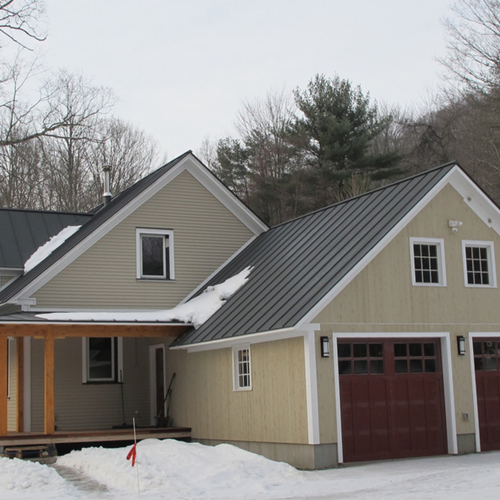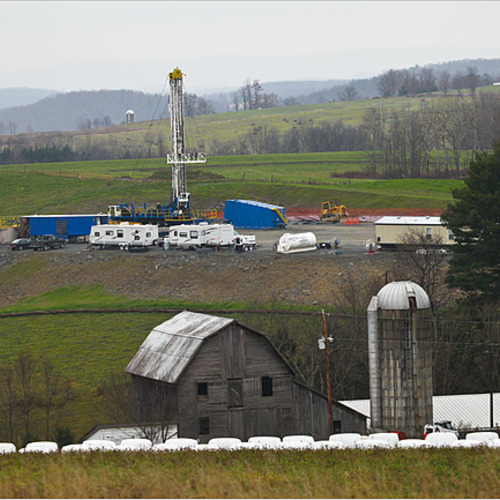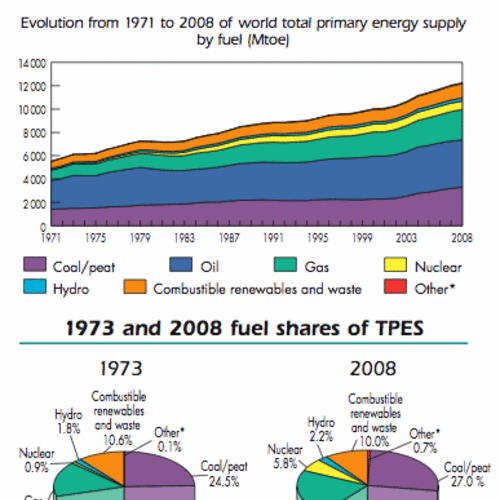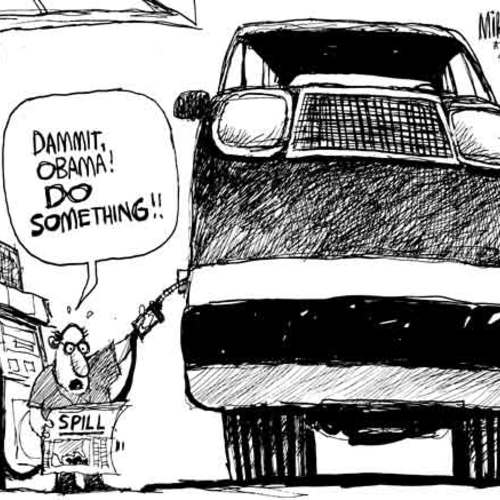We faced some pretty tough choices this past summer. Heating oil prices were around $4.50 per gallon, and scary news reports were projecting $5.00 per gallon by January. Some rushed to lock in prices by pre-buying their winter oil. It was a gamble. Were prices going to go even higher (as the heating season approaches, heating oil prices have traditionally risen), or would the bubble burst and prices fall?
The law of supply and demand pointed toward falling prices. High energy prices were resulting in reduced consumption. People were driving less and taking fewer flights. Energy auditors and weatherization companies were adding employees and working long hours. Solar installers were busier than ever, while wood stove and pellet stove suppliers were scrambling to keep up with orders. I believed that this reduced demand would eventually have an impact on prices—as demand falls, supply increases, and prices drop. Indeed, that happened. (While I was confident enough about this that I didn’t pre-buy oil myself, I wasn’t confident enough to argue in this column against pre-buying—and risk hurting residents if prices kept rising.)
The current economic crisis has hastened this trend, as stalled credit markets, erosion of savings, and a general economic slowdown has accelerated the drop in demand for energy. At the same time, higher crude oil prices over the past two years encouraged new investment in oil extraction around the world, and that has increased supply to come extent—and will probably continue to do so. As a result of all this, we’ve seen crude oil prices drop to half of what they were just three months ago.
So what does this mean in terms of our efforts to save energy in our homes this winter? For those who had the misfortune of pre-buying oil in the summer, the cost of heat this winter will be extremely high—double what is was last year—providing an strong incentive to conserve. Even those who didn’t pre-buy may still be paying more than last winter; the local cash price for heating oil today is as low as $3.35 per gallon, which is still considerably more than the $2.60 per gallon I paid through my pre-buy contract last winter. But there’s a pretty good chance that the cash price for heating oil will continue to drop. Heating oil may become a bargain again.
So do you toss out our plans to button up your home? Was all this panic about energy costs overblown? Can we return to business-as-normal?
To do so would be foolish. For the sake of lower-income residents, I’ve been hoping that after the sobering wake-up call of rising costs this past year, the price of energy would drop and give us more time to insulate and weatherize our homes. I think we now know that low energy prices cannot be counted on. We have seen that even a relatively small shift in the supply and demand balance can double or triple energy prices in a very short period of time, and I think we’re smart enough to learn from that experience. The U.S., with three or four percent of the world’s oil reserves, still uses about a quarter of the world’s production, and oil demand in places like China and India is still increasing—albeit more slowly than a year ago.
My strong hope is that area residents—and local energy committees and government policy makers—will continue to make reining in our energy use a very high priority. Fortunately, the drop in prices provide a little breathing room. We can take the time to plan long-term fixes to our energy use, rather than having to implement emergency measures to stop the bleeding. Instead of having to wrap our houses in plastic or bagged leaves, we can take the time to invest in sensible, long-term solutions, such as window sash replacement and added insulation. Local companies that provide energy auditing, weatherization, and insulation services will have more time to provide comprehensive solutions to homeowners, rather than hasty, emergency fixes that may not hold up in the long term.
While energy prices have fallen in the short term, I firmly believe that these lower prices will be temporary. Over the long haul, I expect to see energy prices back up where they were a few months ago—and I won’t be at all surprised to see them rise significantly higher. We’ve been handed a short-term reprieve. By all means, let’s take advantage of that and carry out the smart solutions that will protect us from future cost increases.
Weekly Newsletter
Get building science and energy efficiency advice, plus special offers, in your inbox.















0 Comments
Log in or create an account to post a comment.
Sign up Log in